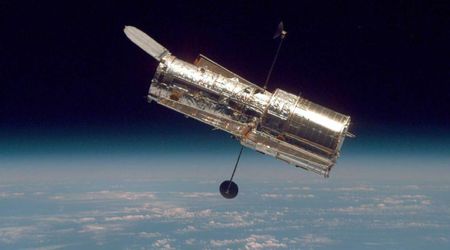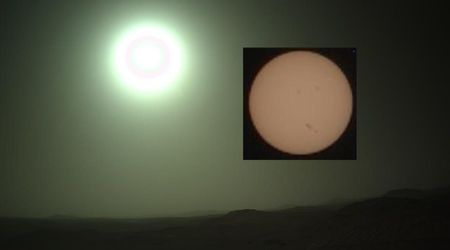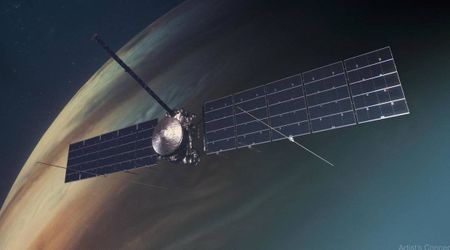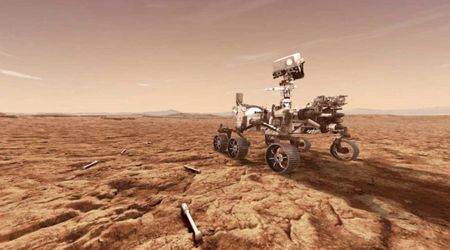Is communication from the Moon to Earth possible even when the Moon is on the far side?

Lunar missions have gone from sporadic visits to a more sustained presence on the natural satellite. Yet, a preprint study titled "Advancing Lunar Communication through Inter-domain Space Networks and Dynamic Orchestration" claims that the current communication infrastructure is not good enough to keep up with the ever-expanding scope of lunar missions. The far side of the Moon, which is permanently shielded from us, further complicates the issue, as it makes the conventional DTE (direct-to-Earth link) unfeasible.
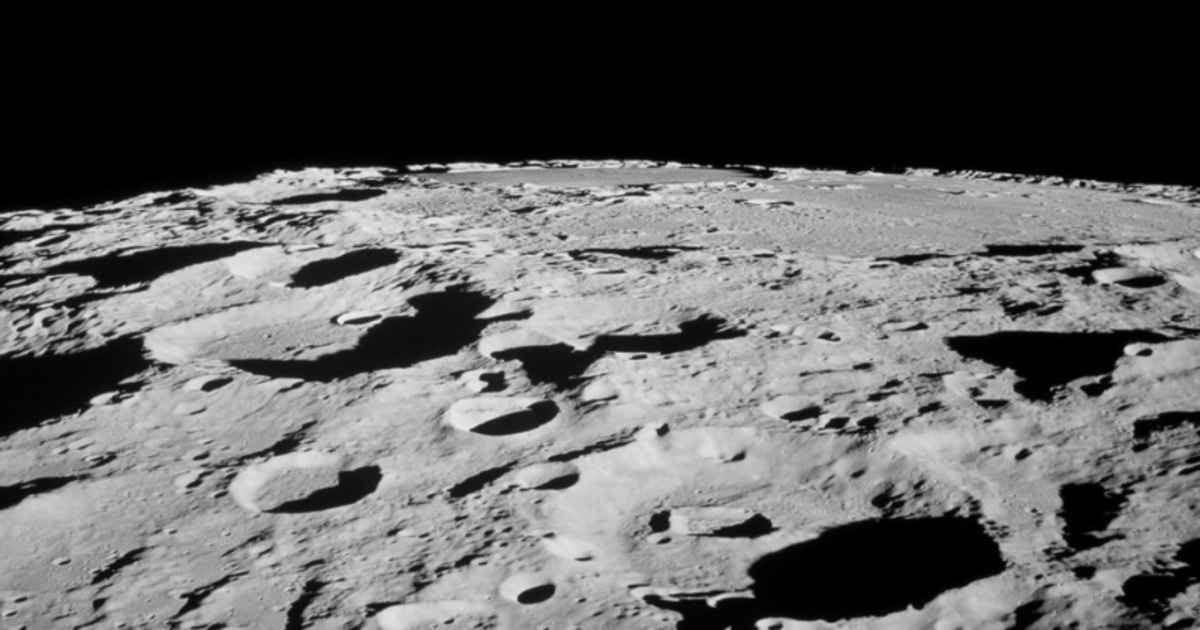
The paper notes that the DTE infrastructure is dependent upon oversubscribed and limited deep space networks, and is also negatively impacted by the radiative environment on the Moon. Even NASA's DSN facilities, the study claims, located about 120 degrees apart, are not ideal. That's largely because they are economically unfeasible, with giant antennas and high-power amplifiers taking the cost of building and maintaining these facilities to hundreds of millions of dollars. The study proposes a medium for lunar communication to establish a “resilient and multilayered communication backbone.”

To this effect, the authors suggest a unified link analysis framework that will incorporate the overlooked factors of space environment. This will provide “a high-fidelity performance evaluation.” The next step will assess the reliability of this technology in terms of outage risks to better understand which will help understand the health and resilience of communication links. Thereafter comes the inter-domain space digital twin to perform real-time analysis, which will make decisions on the best communication path. This is expected to ensure “high and stable reliability while simultaneously optimizing power consumption.”

The study emphasized that a full framework for lunar communications is essential to support “a permanent human and economic foothold on the Moon.” Moreover, it highlighted that such a solution must be a functional on an urgent priority as international interest in lunar exploration is increasing.
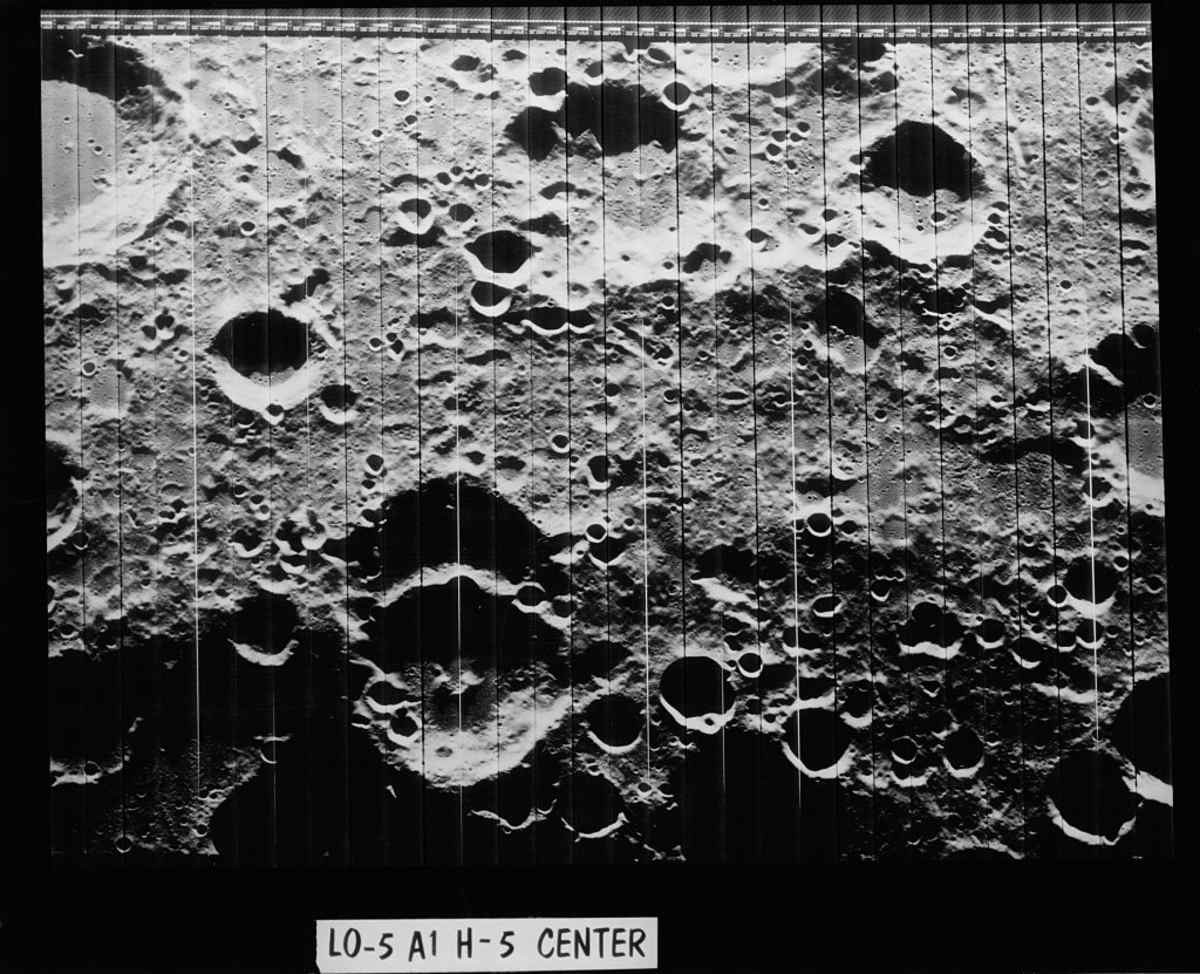
The most recent attempt to learn about the far side of the Moon was made by China with its Chang'e-4 and Chang'e-6 missions. The former achieved the first-ever soft landing on the far side in 2019, according to The Planetary Society. This was followed by the Chang'e-6 mission, which recently returned with rock and soil samples from the far side, according to CNN. Though the detailed analysis of these elements will extend our knowledge about the far side of the Moon, the lack of visibility creates trouble in discerning the area.

The solution provided by the study aims to make missions to the far side of the Moon easier to navigate. As a result, it may turn the far side of the Moon into a more accessible region, thus opening up new doors to engage in permanent lunar bases, among other things. Of course, nothing is for certain, and the theory will have to be verified and tested before it is put to actual use for lunar missions.
More on Starlust
Oxidized iron on the Moon—China's Chang'e-6 mission reveals new surprising details
Moon dust collected by Chang'e 6 reveals water rich asteroids were common in the early solar system
